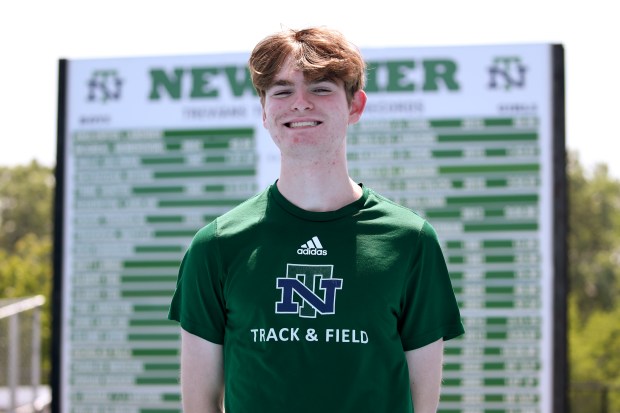On-time performance for the South Shore Line isn’t where it should be, but it’s getting closer.
“Our goal is to get to 90% on-time plus, and this new schedule that we have I’m confident it’s going to get us there,” President and General Manager Michael Noland said.
For the week of Dec. 23, nearly 70% of trains were on time compared to just over 30% for the week of May 13. Trains were within 10 minutes of their scheduled time more than 80% of the time the week of Dec. 23 compared to less than 50% the week of May 13.
“To say our riders were not happy, that is the understatement of the century,” Noland told the railroad’s board of directors during a Jan. 27 Northern Indiana Commuter Transportation District meeting.
“We have really worked hard,” he said, to get closer to that goal. “We’ve attacked the problem.”
Contributing to the improved performance was a schedule change made in August. That’s when significant improvement began.
When construction finished for the double-track project and passenger service resumed where busing had occurred, the schedule didn’t allow recovery time for delays at any of the stations, Noland said. That’s been addressed.
Unlike many other passenger railroads, the South Shore Line is 90 miles long. A delay of one or two minutes at the 13 stations adds up. If a passenger is on the wrong platform, that can cause a brief delay.
The railroad also is running 53 trains to Chicago instead of the 39 previously. “It’s a big, huge difference in service,” Noland said.
“We also have hired a lot of new folks that are brand new to the railroad. They’re getting seasoned, they’re getting trained, they’re getting better at what they do,” he said. “As we get more into this, I’m excited to see what 2025 is going to bring, month over month, with respect to not only ridership but also our on-time performance.”
The railroad is doing a better job of addressing riders’ morale, too, he said. “We’re doing a better job of communicating with our riders.” A new messaging system on platforms and in stations gives passengers updated arrival times, similar to the one used by CTA trains.
Arriving within 5 minutes and 59 seconds of the scheduled time is the industry standard for measuring on-time performance, Noland said. But most of the South Shore Line’s counterparts across the country have shorter routes. “We’re an intercity railroad from South Bend or Michigan City to Chicago, then commuter service” from closer communities, Noland said.
Some railroads have 95% on-time performance, but “some of them have huge amounts of fluff in their schedules. I don’t believe in that,” he said. “I would much rather deliver the best product we can to our customer.”
New South Shore Line board chair Kent Abernathy noted that in the airline industry, sequency issues involve getting to the right gate. Trains, however, use the same set of tracks. In Chicago, the South Shore Line uses Metra tracks.
“If one of their trains goes ahead of us, it’s follow the leader,” Noland said.
The railroad is working on a new 20-year strategic plan, now that projects in its current plan are just about completed.
It’s also working toward adding substations to fill in gaps along the route so service can resume quicker if one of the substations is taken out of service. Some of them are currently 10 miles apart, Noland said.
Moving the railroad’s station at South Bend International Airport from the east side to the west side is a project coming up fast. That, too, will help the railroad’s on-time performance once the new station opens, he said.
Doug Ross is a freelance writer for the Post-Tribune.




